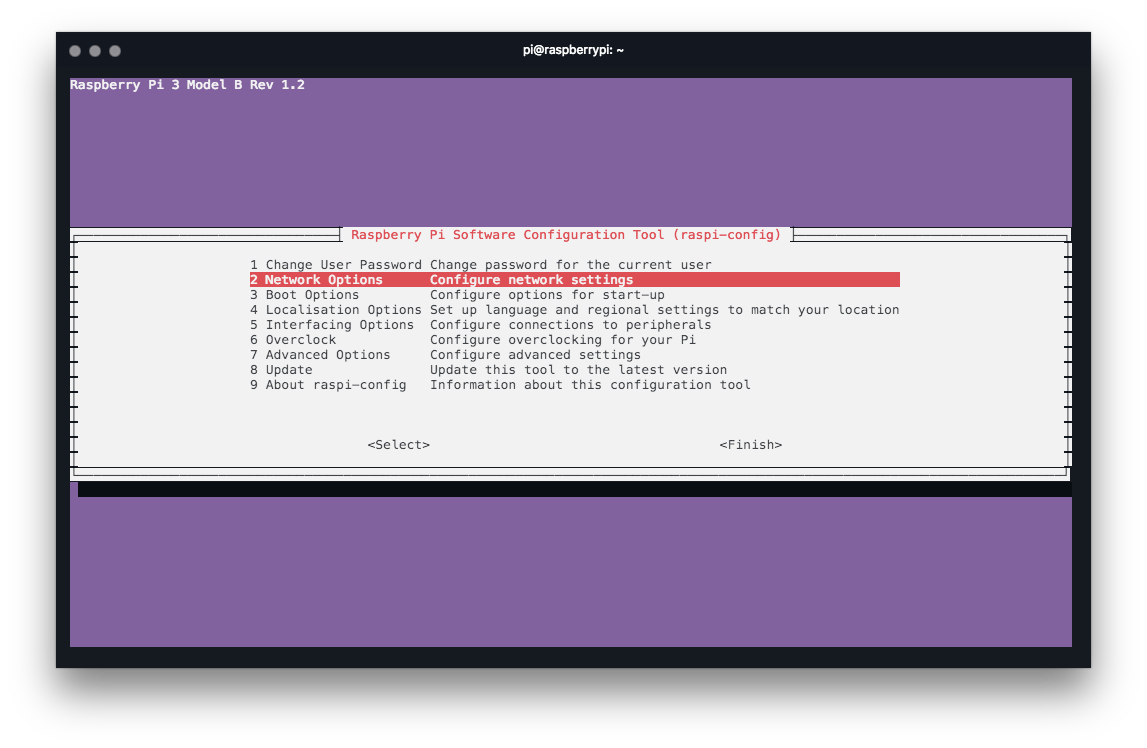
As a result, you will need access to a computer with a Linux operating system. Note: Windows and Mac cannot access the filesystem partition of the Raspberry Pi image on the SD card. Note that no monitor, keyboard, or mouse is required! Any extra hardware needed will be listed in the specific section. To follow along with this tutorial, you will need a Raspberry Pi, power supply, and micro SD card. These show three common approaches to get you started interacting with a headless operating system on the Pi.

As a result, this may not be the best option in school or office environments.Ĭertainly, there are more ways to connect to the Raspberry Pi.

This tutorial will show you three different ways you can configure your Raspberry Pi without the need for a monitor, keyboard, or mouse. An example of a simple headless Raspberry Pi project: Twitter Monitor


 0 kommentar(er)
0 kommentar(er)
